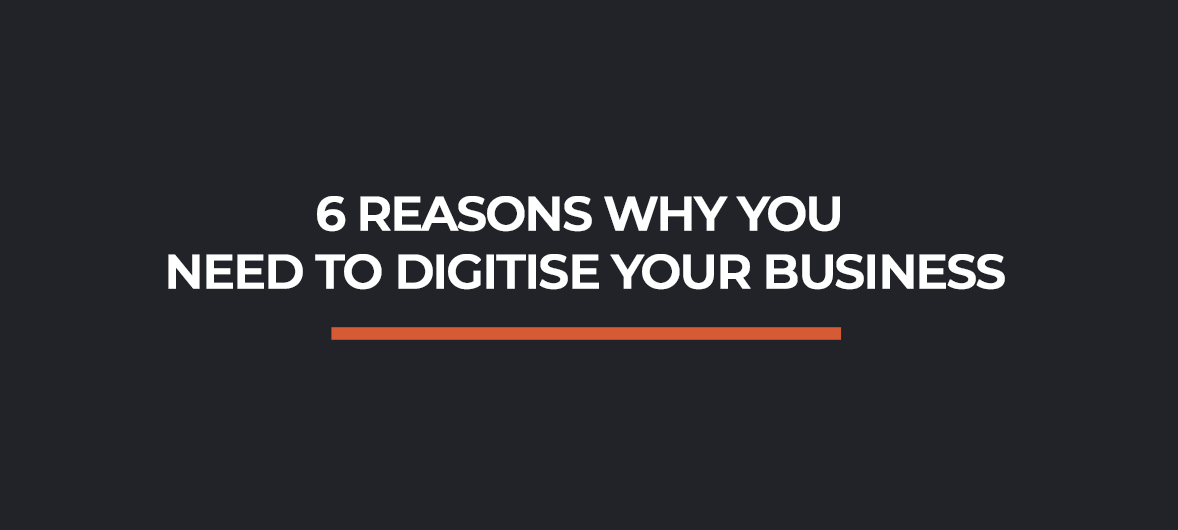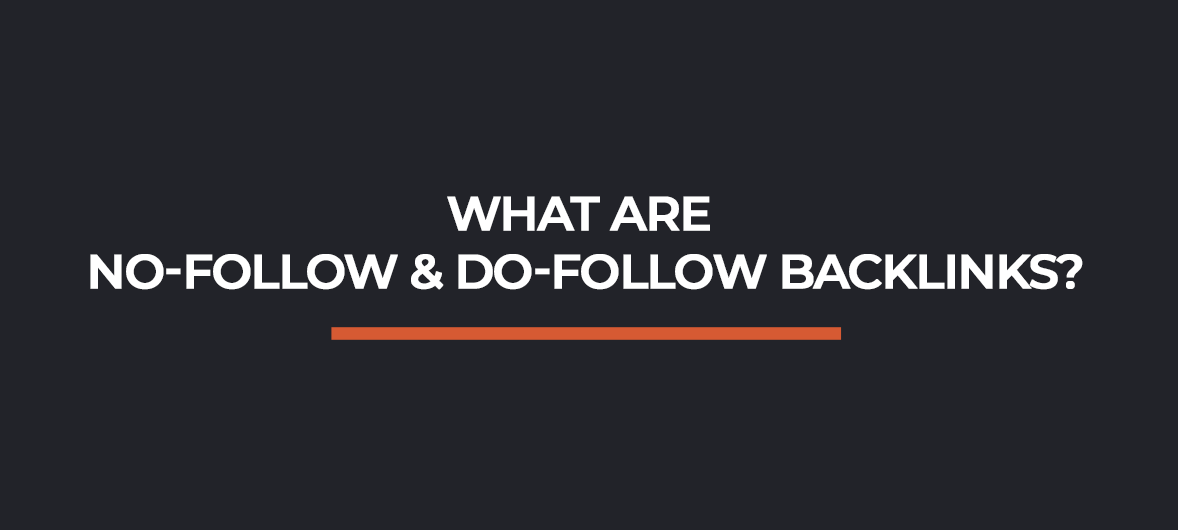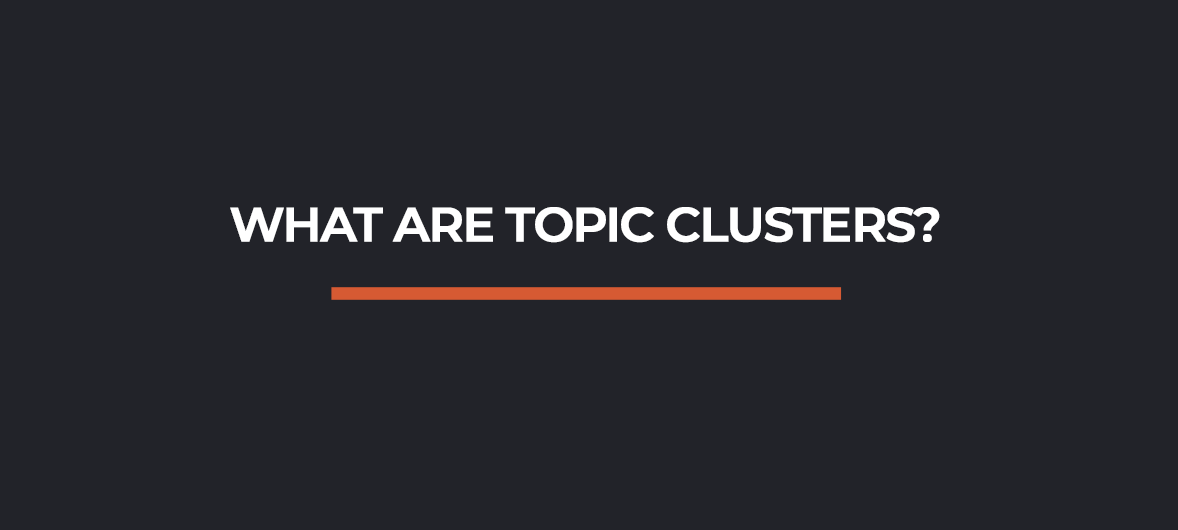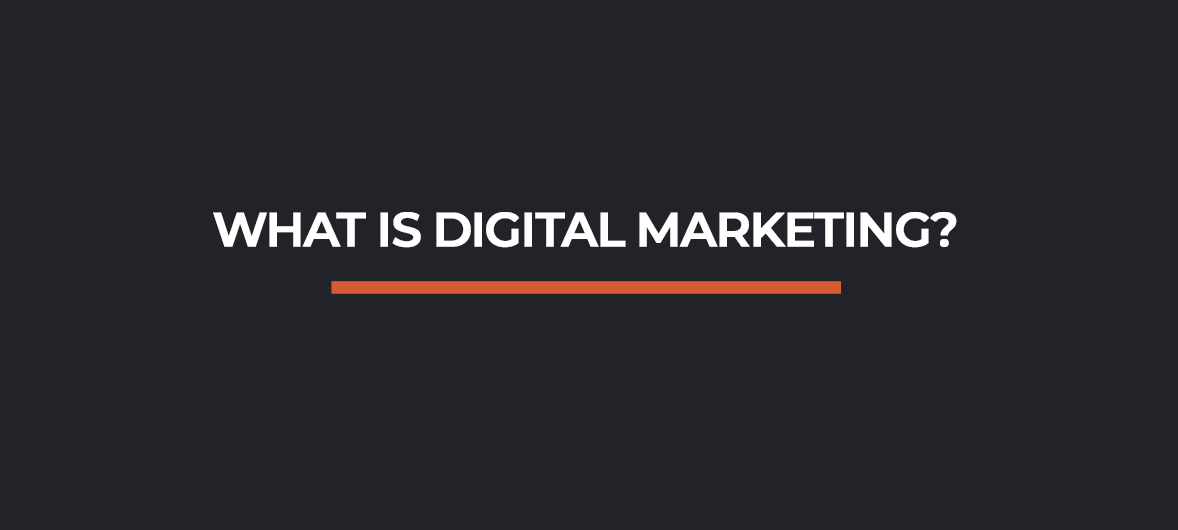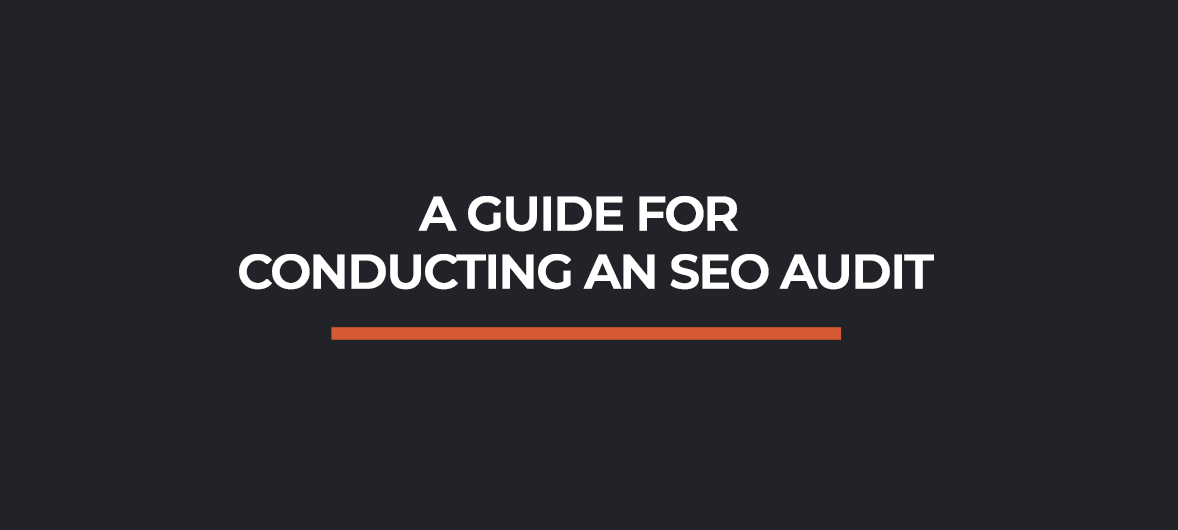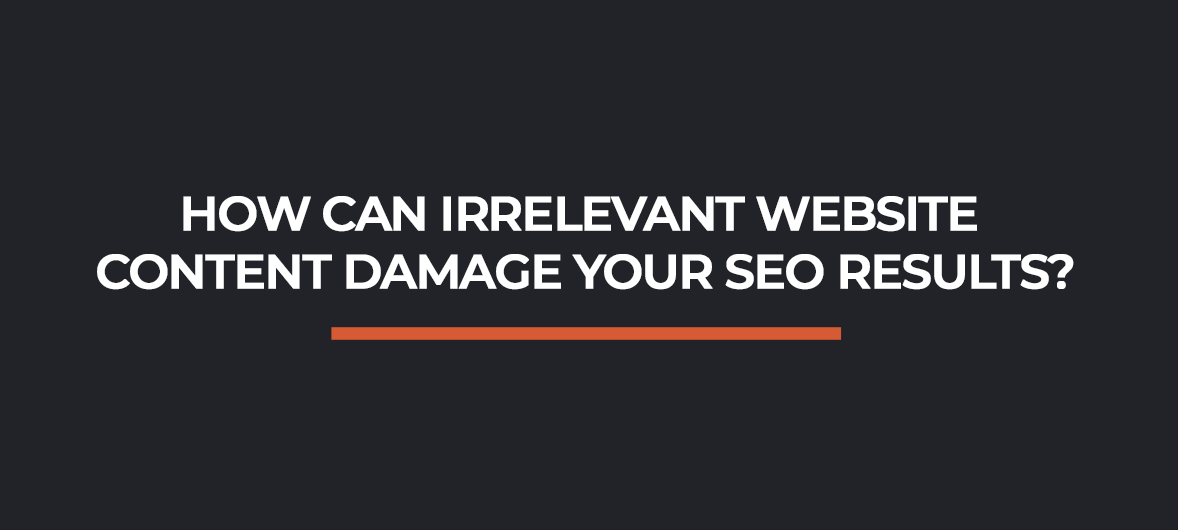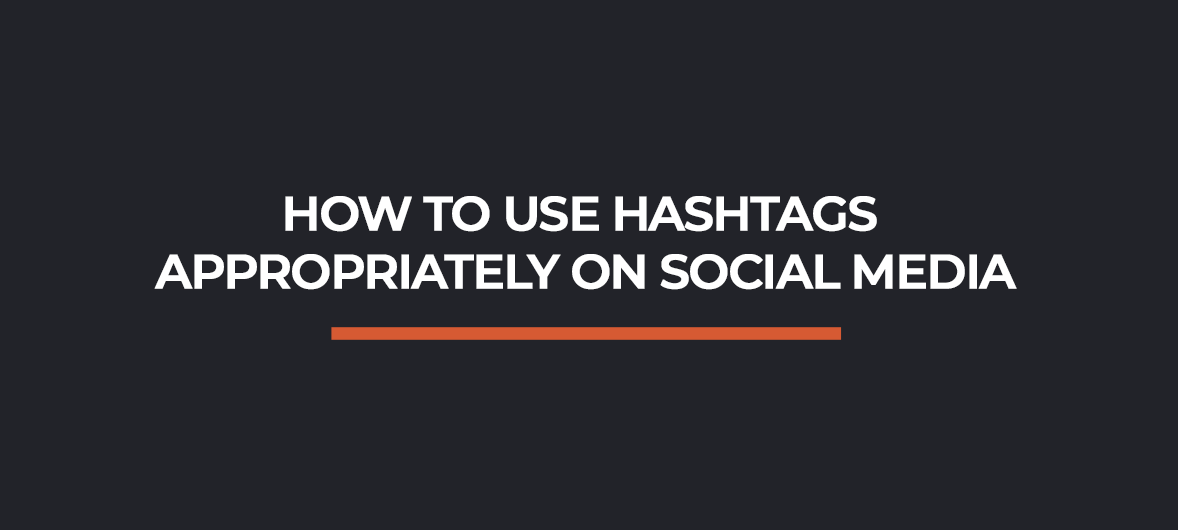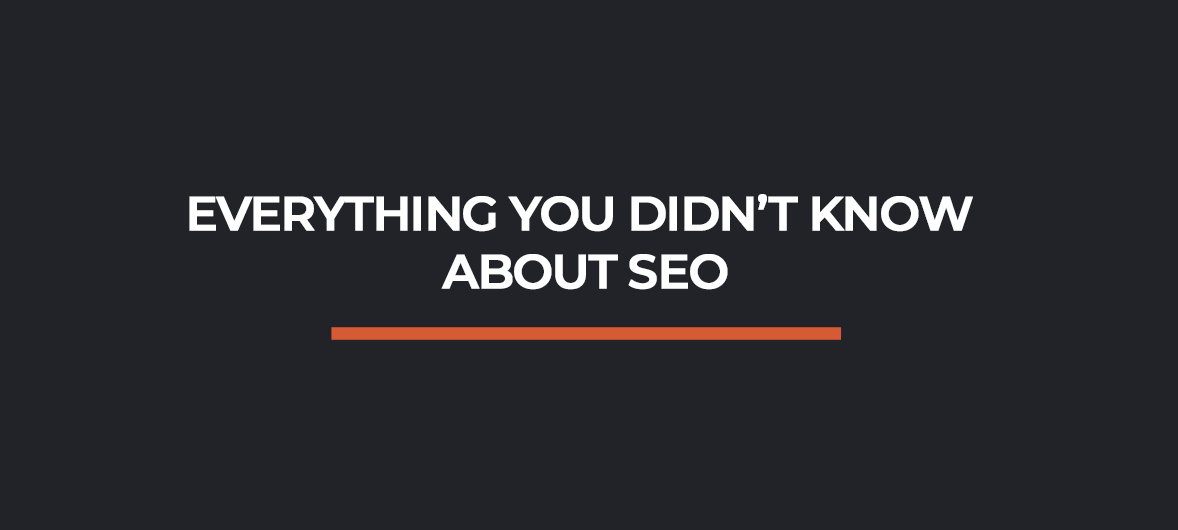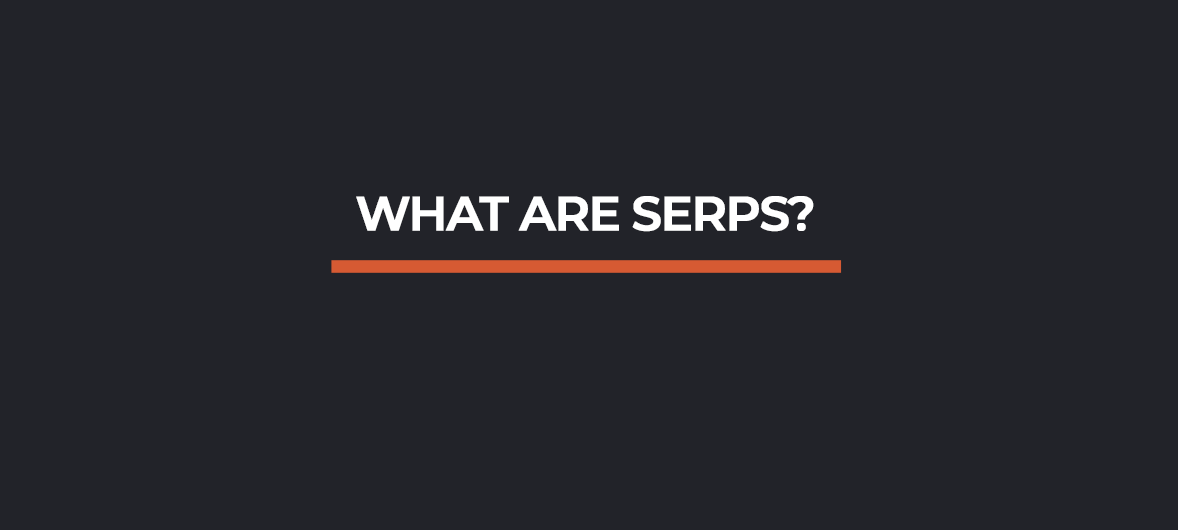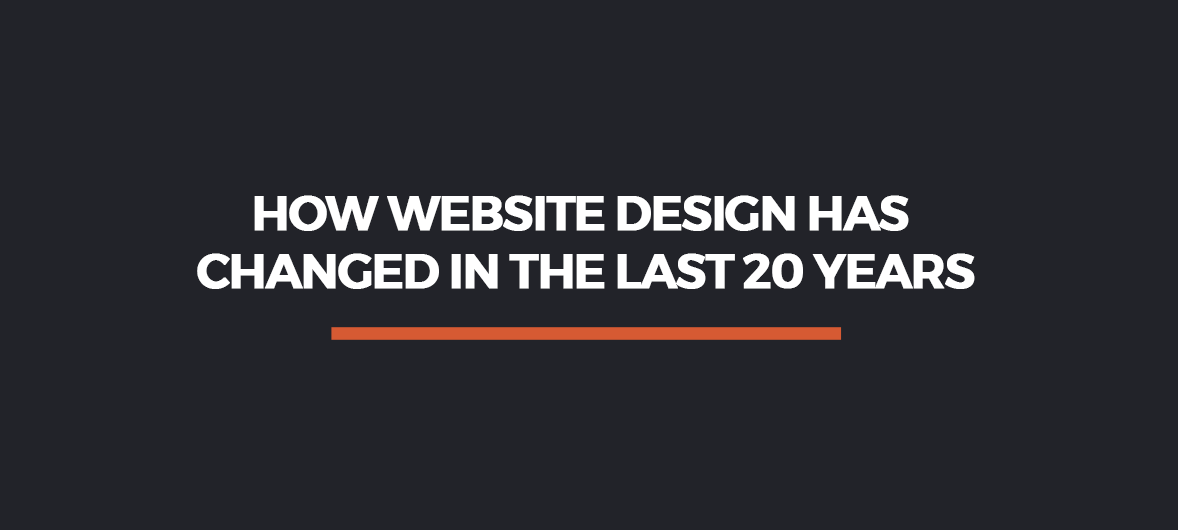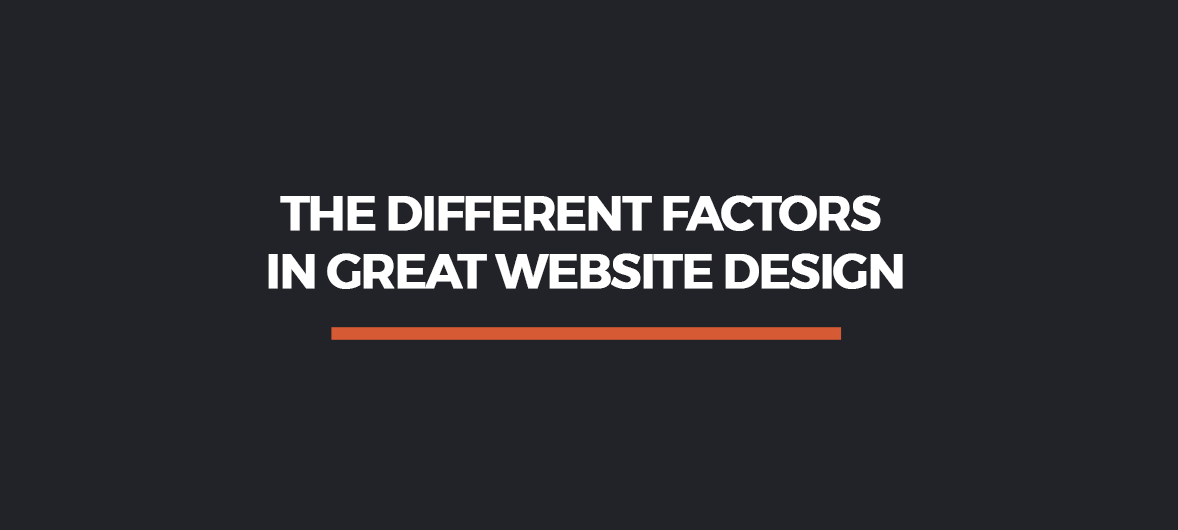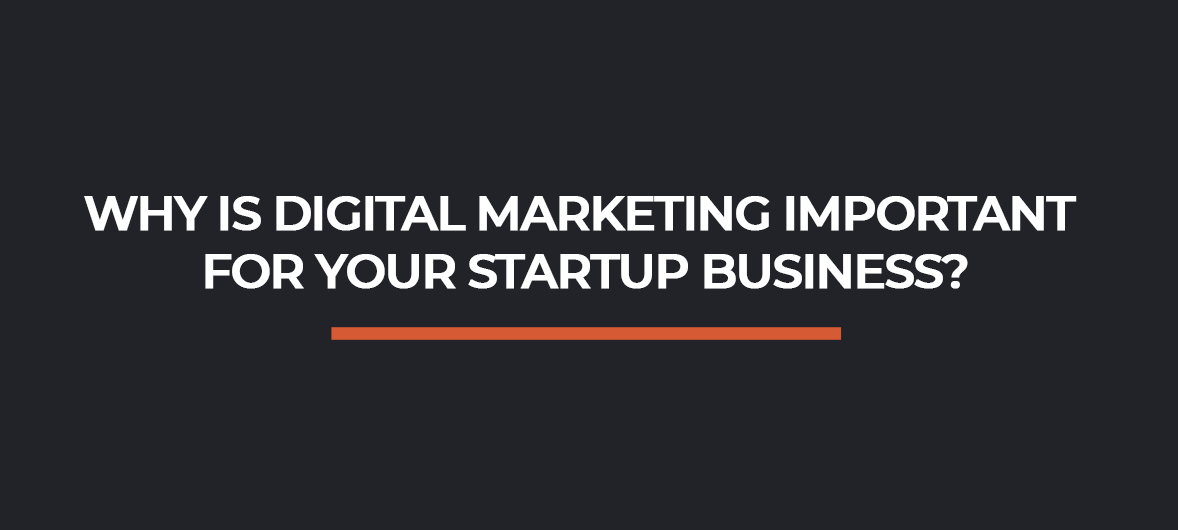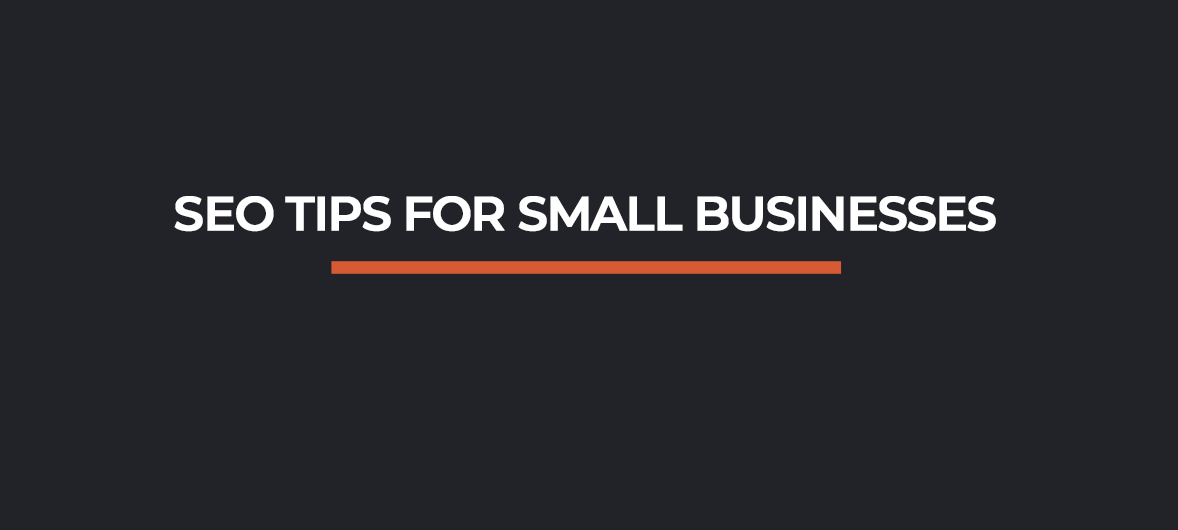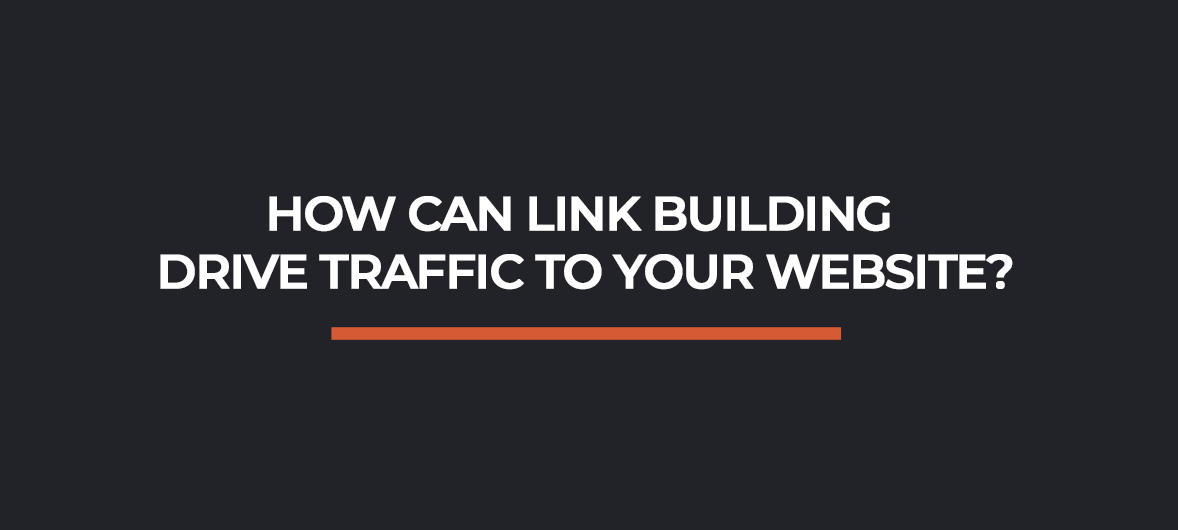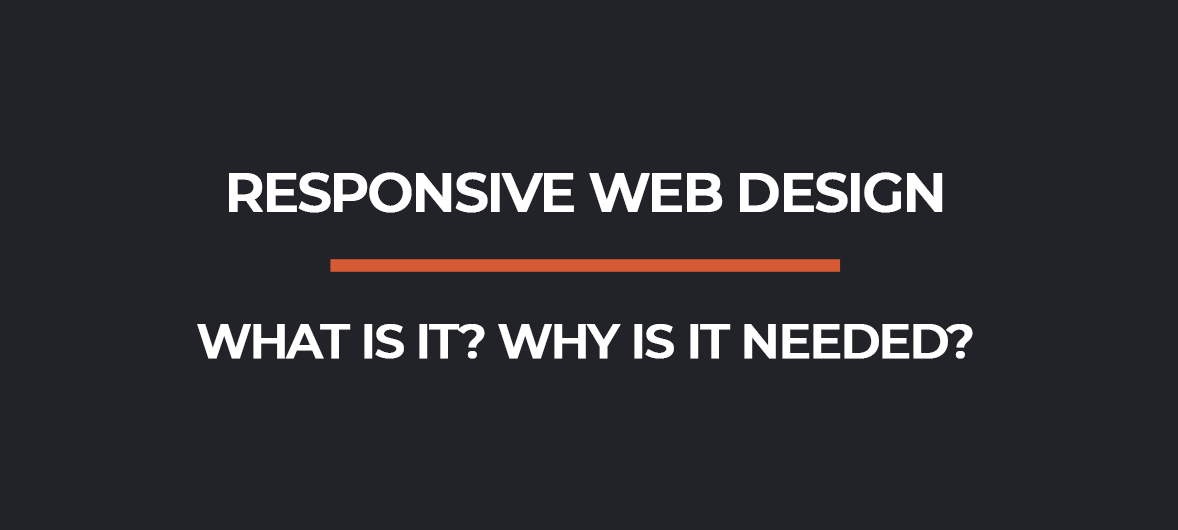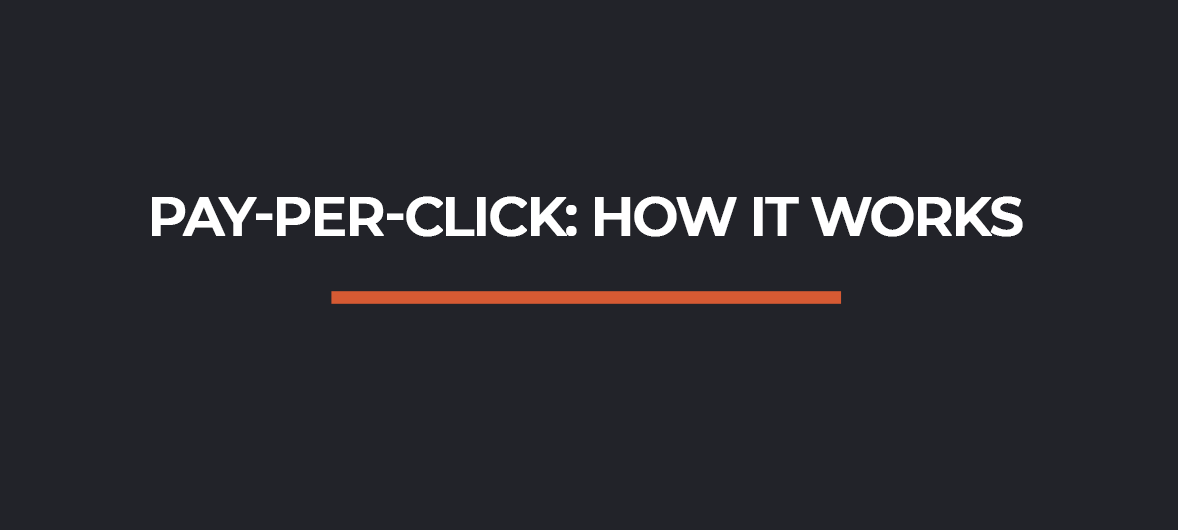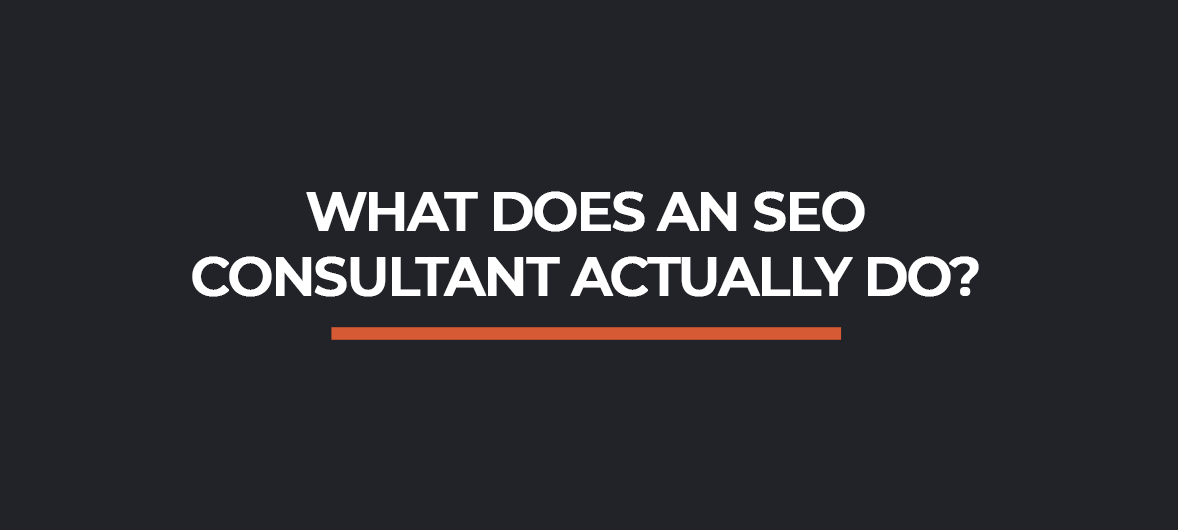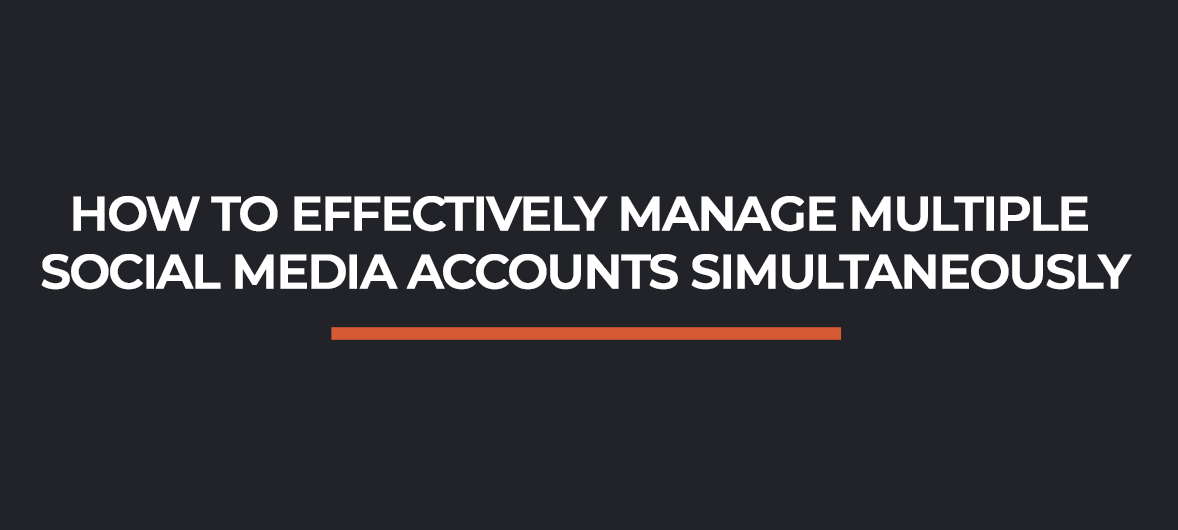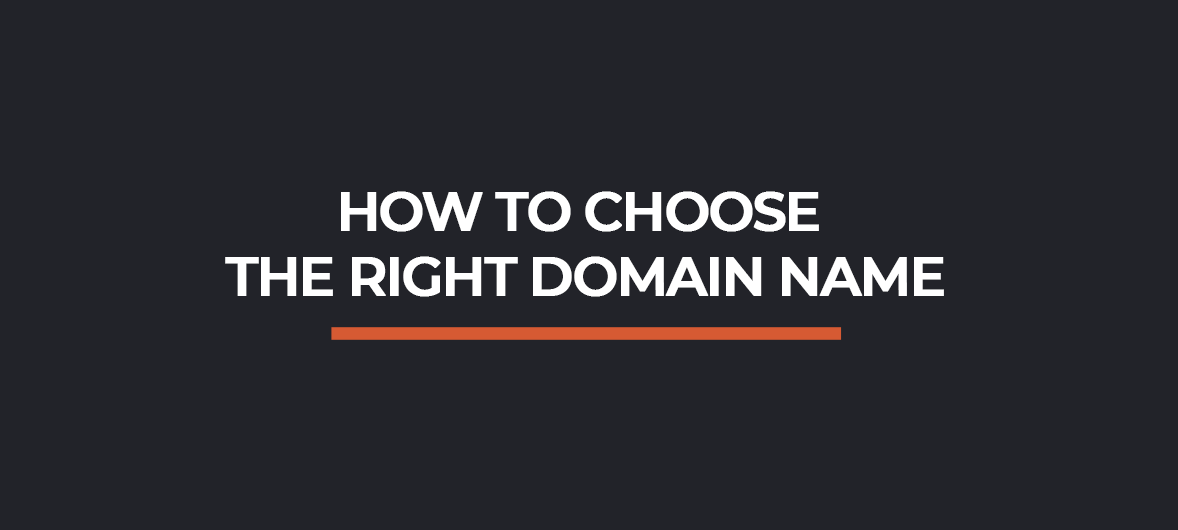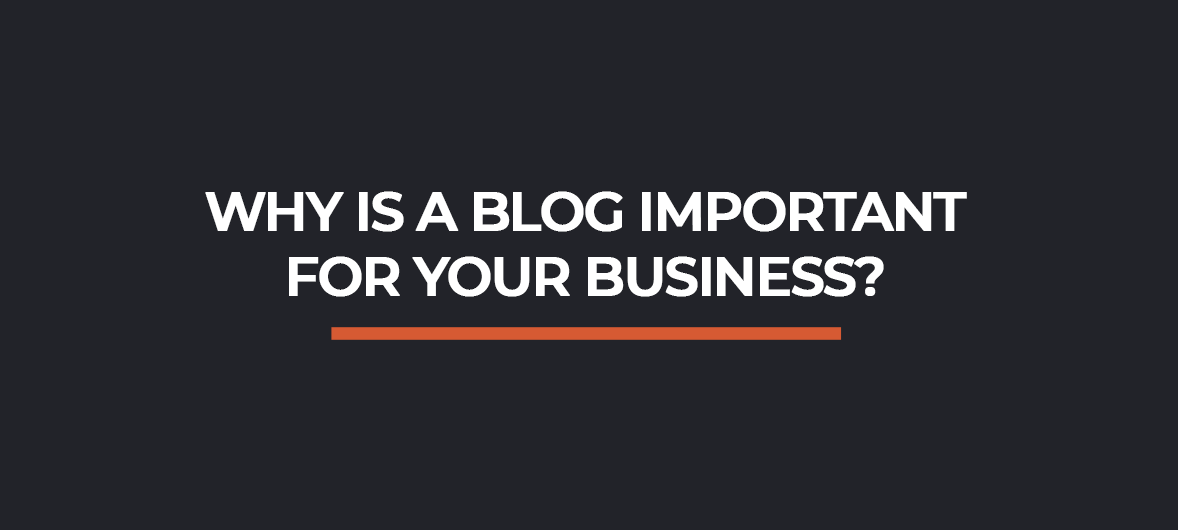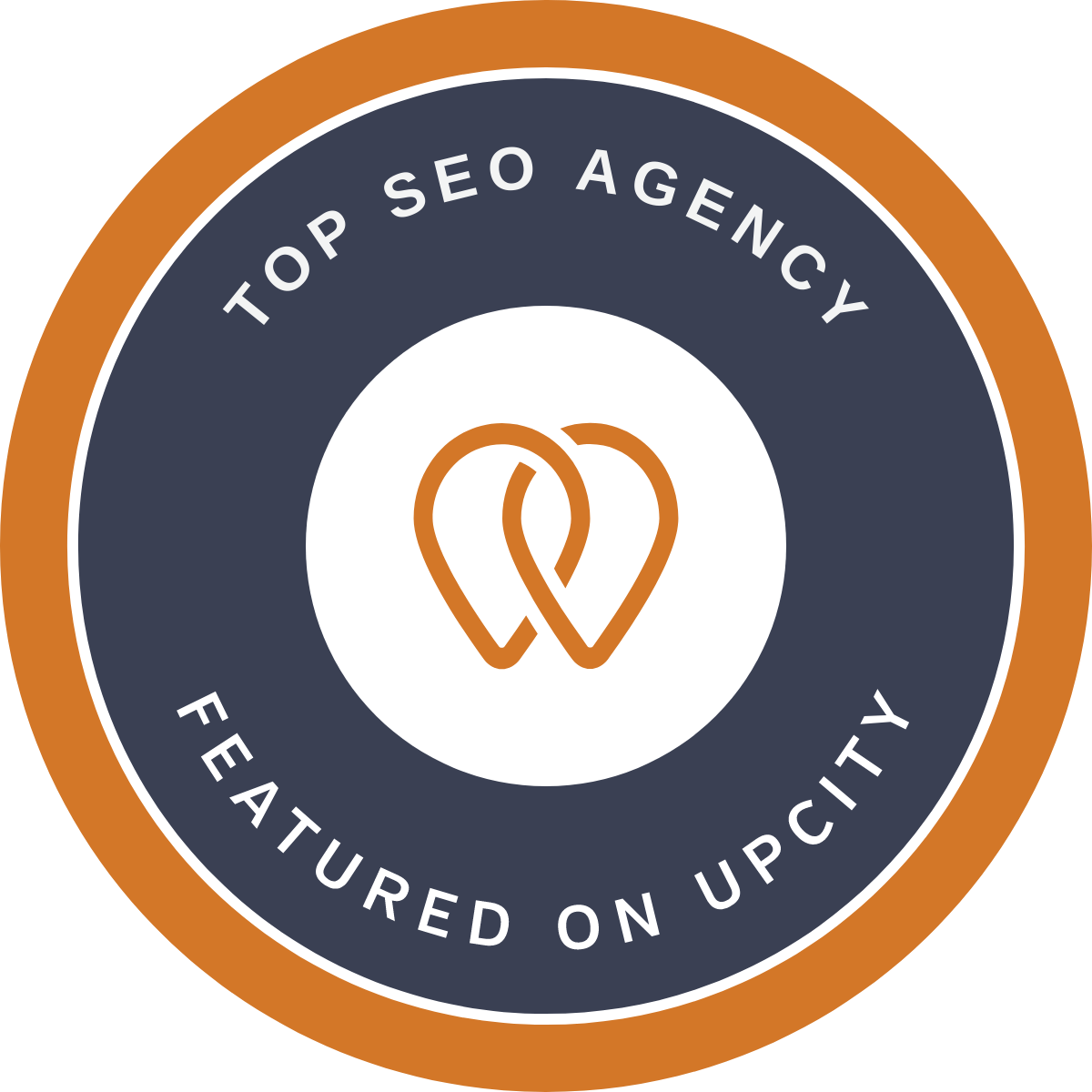A great website design is more than just a pretty layout. It’s a combination of factors that come together to create an online space that is not only visually appealing but easy to use and informative. Let’s take a closer look at the different factors that go into making a great website design.
Layout
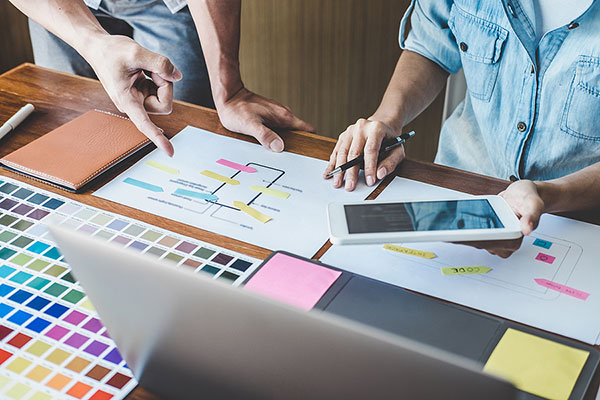
Design
Website design is a process that involves a lot of different steps. It begins with coming up with an idea for the website and then creating a prototype to test out the layout and design. Once the layout and design are finalized, the website is coded and launched online. There are also a lot of ongoing tasks involved in website design, such as updating the content and graphics, optimizing for search engines, and monitoring website analytics to see how well it is performing.
The design of your website should be clean and professional. This means using high-quality images, fonts, and colors that represent your brand well. Your website should also be responsive, meaning it looks good on both desktop and mobile devices.
If you are a small business looking for some basic design tips then please read my blog post here.
Functionality
Some of the key functionality factors to consider when designing a website include:
Forms: Forms should be easy to fill out and submit. All of the required information should be easy to find, and customers should not have to wait long for the results.
Navigation: Navigation should be easy to understand and use. All of the important pages should be easy to find, and visitors should be able to move around the website easily.
Content: The content on your website should be well written and informative. It should be easy to read, and customers should be able to find the information they are looking for quickly and easily.
Graphics: The graphics on your website should be high quality and professional. They should accurately represent your brand and help to communicate your message effectively.
Web Design is more than just making a site look good, it involves making it functional and easy to use as well. By focusing on these key functionality factors, you can create a website that is both visually appealing and user-friendly.
Typography
The first step in choosing the right typography for your website is to select a typeface that is easy to read and has a professional appearance. There are many typefaces to choose from, so take some time to explore your options. Once you have selected a typeface, you should stick with it for the majority of your website. Using too many typefaces can make your website look cluttered and unprofessional.
Another way to create contrast on your website is by using different font weights. Font weights refer to the thickness of the characters in a font. For example, a font-weight of 100 would be very thin, while a font weight of 900 would be very thick. By using different font weights, you can create a hierarchy on your website and make sure that important information stands out.
Once you have selected a typeface and created a hierarchy with font weights, you need to align your text appropriately. The text should generally be aligned to the left, as this is the easiest alignment for people to read. However, there are situations where centering or right-aligning text can be effective. For example, if you are creating a button or call-to-action (CTA), centering the text can help it stand out from the rest of the content on your page. Use your best judgement when it comes to aligning text on your website.
Images
A picture is worth a thousand words, or so the saying goes. And when it comes to website design, this couldn’t be more true. The images you choose to include on your site can make or break your overall design. In order to ensure that your images are helping and not hurting your cause, here are a few best practices to follow.
When selecting images for your website, always keep relevancy in mind. The last thing you want is for visitors to your site to see an image and be immediately pulled out of the experience because it doesn’t make sense. For example, if you have a web design business, you’ll want to include images of happy people using laptops or looking at glowing screens. These types of images relay the message that your business helps people achieve their goals by creating beautiful websites.
Once you’ve selected the perfect image, it’s important to format and optimise it for web use. This means creating a smaller file size that won’t slow down your site’s loading speed while still maintaining sharpness and resolution.
Including high-quality images on your website is a great way to add visual interest and appeal to your site visitors. However, it’s important that these images be relevant to your content and properly optimised for web use. By following these simple tips, you can make sure that the images on your site are working hard for you instead of against you.
Images are essential for good web design; however, it’s important to use them wisely. Relevant, high-quality images that are properly formatted and optimised for web use will enhance your website Design and help convey your message more effectively. So, when selecting images for your next website project, keep these best practices in mind!
I wrote a more in-depth article about images and specifically image size optimisation which you can read here.
Content
Last but not least, your website needs to have great content. This means well-written copy that is relevant to your audience and keyword optimised for search engines. Your content should also be updated on a regular basis to ensure that it remains relevant and useful for your readers.
If you’re not a strong writer or if you don’t have the time to regularly update your website’s content, consider hiring a professional copywriter or content marketer. These professionals can help ensure that your site always has fresh, relevant, and keyword-optimised content that appeals to your target audience.
When creating content for your website, always keep your audience in mind. What kind of information are they looking for? What questions do they need to be answered? By creating content that is relevant to your audience, you can help ensure that they stay on your site longer and keep coming back for more.
Conclusion
Creating a great website design is a multifaceted task that requires careful planning and execution. By keeping the different factors listed above in mind, you can create an online space that looks good, functions well, and accurately represents your business goals and values. If you would like to discuss a website design project then please contact me today for a Free consultation.
